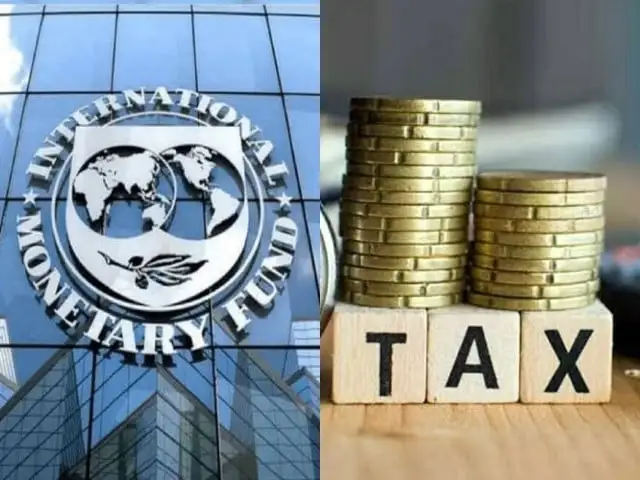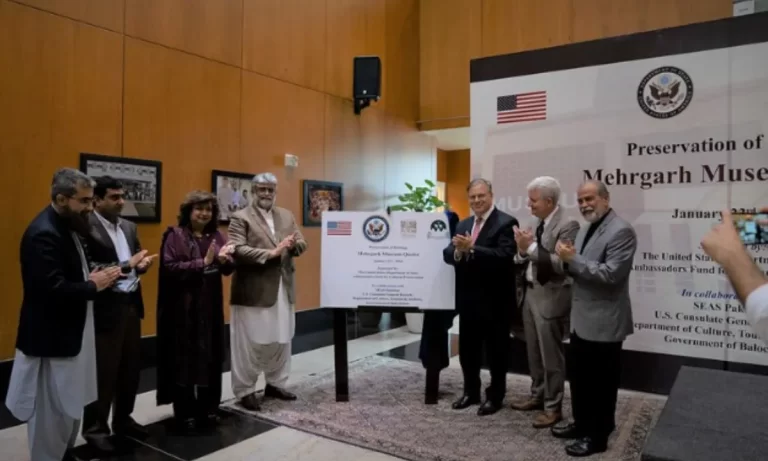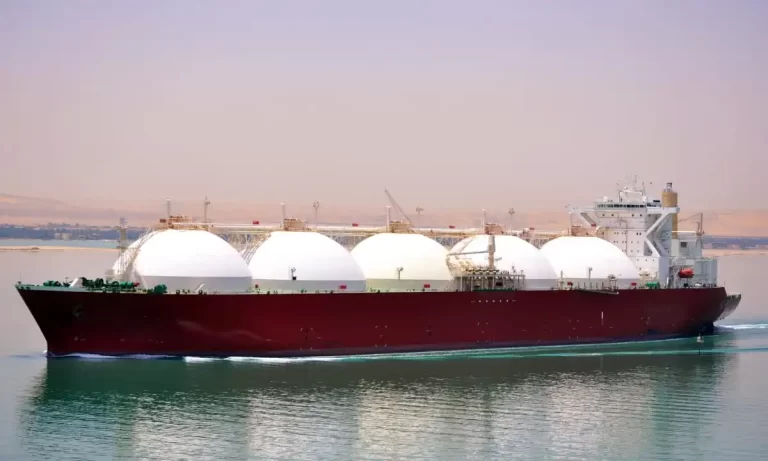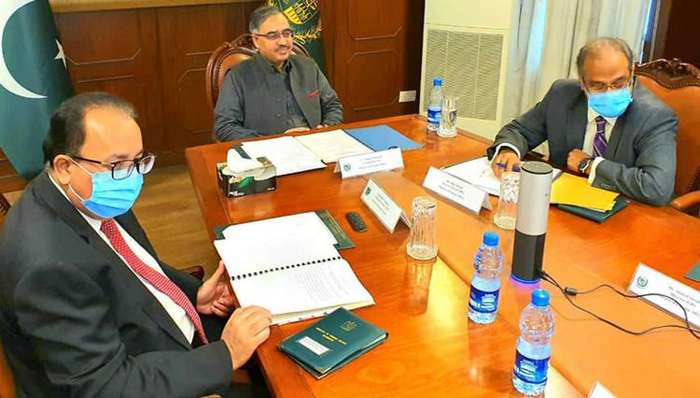Pakistan Secures New IMF Deal; Tax Reforms to Boost GDP by 300bps
Staff Report:
In a most anticipated event, Pakistan authorities have reached a Staff Level Agreement (SLA) with the International Monetary Fund (IMF) for a new 37-month Extended Funded Facility (EFF) of US$7bn.
This is in continuation and in line with our theme, wherein we are expecting the index to re-rate linearly to its historic forward PE of 7x from the current level of 3.95x over the course of the IMF program. Please refer to our detailed strategy report released on May 11, 2024, titled “Topline Strategy – Index to reach 87k by Dec 2024, 106k by Jun 2025”.Budget 2024-25: Strict Measures Needed for IMF Loan’s Approval
This new program aims to strengthen macroeconomic stability and set the road for resilient and inclusive growth.
This agreement will now be followed by board approvals which normally take a couple of weeks after the SLA. Furthermore, a press release by the IMF also conditions this agreement to timely confirmation of necessary financing assurances from Pakistan’s development and bilateral partners.
Some of the key milestones or reforms that Pakistan has already taken or will take over the course of the program are highlighted below:
Increase in tax to GDP ratio by 300bps: Under this 37-month program, the Government has to enhance the tax to GDP ratio by 300bps. Measures to achieve half of this target (150bps) are already taken in the FY25 budget by removing various exemptions and broadening the tax base.
Taxing the untaxed and undertaxed: Under this program, the Government has also changed the tax regime of exporters from 1% of turnover full and final regime to normal tax regime, wherein exporters will now be paying tax equal to other corporates at 29% of profit before tax plus applicable super tax. Also, in a bold move, the Government has taxed the retail sector and plans to introduce a tax on agriculture income from Jan 2025.
National Fiscal Pact to be signed: The new national fiscal pact is likely to be signed between provincial and federal governments for a fair fiscal balance between federal and provincial units. Through this, provincial governments will be required to spend higher on education, health, social protection, and regional public infrastructure investment, enabling improved public service provision. This will result in lower expenditures of the federal government in the above areas, we believe. However, there is no timeline given for such a measure.
Monetary Policy: On monetary policy stance, the IMF has noted it will continue to focus on supporting disinflation.
Privatization: On the privatization side, it is noted that the highest priority is given to the most profitable State Owned Enterprises (SOEs).
Other Measures: A few other important measures are the phasing out of agriculture support prices, phasing out incentives granted to special economic zones, refraining from new regulatory or tax-based incentives, or any guaranteed return scheme including those projects which are channeled through the Special Investment Facilitation Council (SIFC).
Some of the key measures which Pakistan took before clinching this deal were (1) increasing the power tariff, (2) increasing the gas rates, (3) approval of budget FY25, and (4) amendment in SOEs law, as per news report. We believe some of these measures were taken as part of the prior actions of the new deal.
Outlook for market: We believe this new and longer-term IMF program will further strengthen investor confidence in the market, which will continue the re-rating of the market. We expect the index to reach 106,000 by Jun 2025, providing a total return of 33%. As per news report
, the Government is planning to augment this size of the package by including a Climate Facility in the first review of this new IMF program. We believe, if this happens, the minimum size of the climate facility would be 1 billion SDR, equivalent to US$1.4bn. This will be another boost to the external position of Pakistan, we believe,” Topline said.








